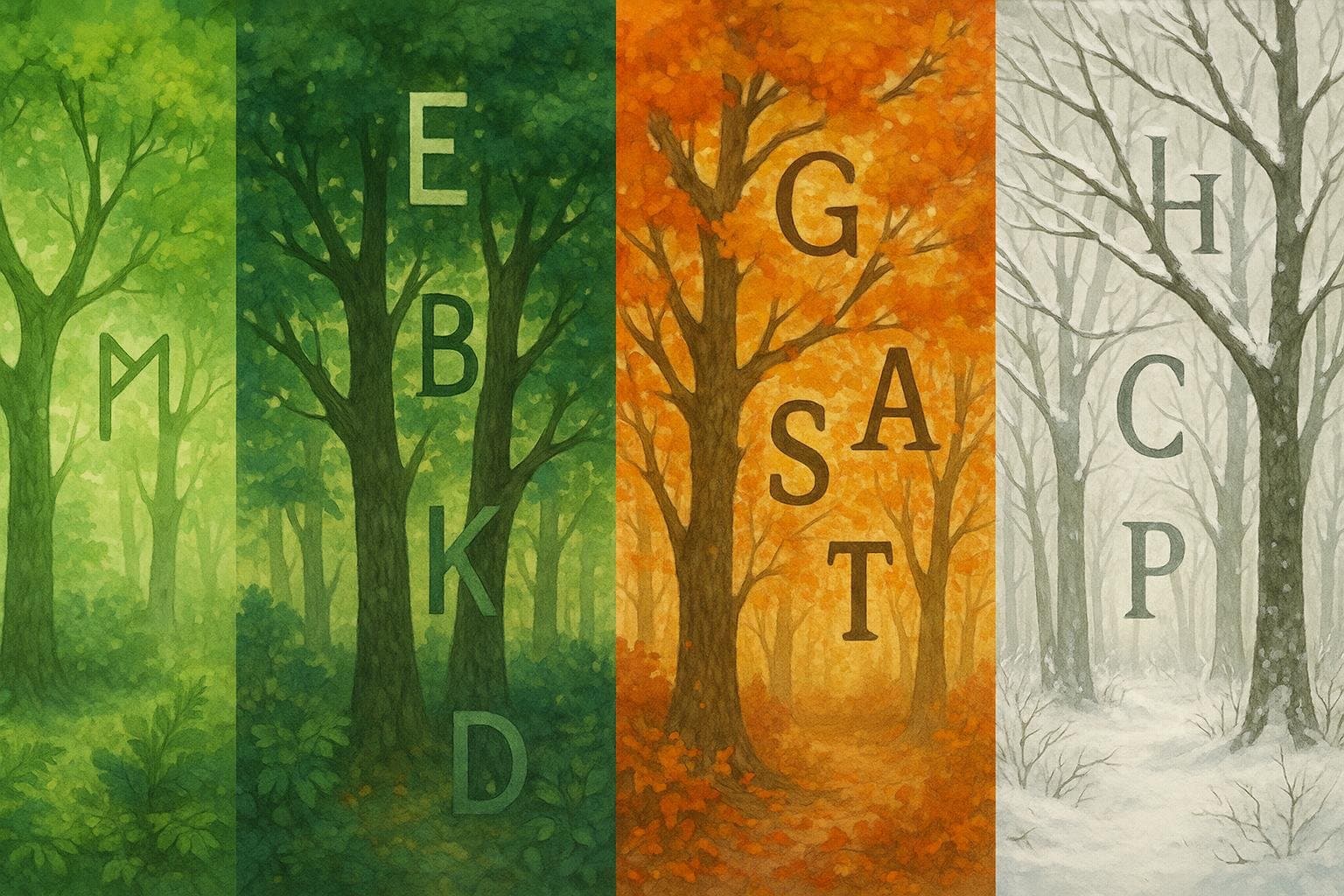Language as the Living Map of Human Culture

Language is the road map of a culture. It tells you where its people come from and where they are going. — Rita Mae Brown
Language Reflects Cultural Origins
At its core, Rita Mae Brown’s observation underscores the intimate link between language and the historical roots of a community. The words a society chooses and the structure of its grammar often carry echoes of its collective experiences, migrations, and interactions. For example, the many Inuit words for snow vividly testify to the environmental conditions and daily realities faced by those communities. In this way, language serves as a living record—preserving stories, beliefs, and the memory of origins.
A Guide to Evolving Identity
Moving forward through time, language doesn’t merely archive the past—it also signals where a people are heading. New words and idioms continually emerge as cultures encounter novel ideas, technologies, and social changes. Consider the rapid global adoption of digital vocabulary in the last two decades; terms like 'selfie' or 'streaming' evidence the integration of technology into daily life. Thus, language adapts to chart both current realities and imagined futures.
Language and Social Values
Furthermore, language reveals the evolving values and priorities of a society. Words for concepts like ‘democracy,’ ‘justice,’ or ‘privacy’ may take on new meanings as cultures negotiate what those ideas represent in changing times. For instance, post-colonial nations have sometimes reclaimed indigenous terms to reinforce cultural identity and assert autonomy (Ngugi wa Thiong’o, *Decolonising the Mind*, 1986). In this sense, language is not just a map, but also an ongoing negotiation about societal direction.
Intercultural Exchange and Transformation
Additionally, contact with other cultures often leaves linguistic footprints—borrowed words, blended expressions, and hybrid linguistic forms. The English language itself is famously eclectic, incorporating elements from Norman French, Latin, and countless other tongues. These blends serve as milestones on the road map, marking points of cultural exchange, adaptation, and transformation over centuries.
Preserving and Navigating Cultural Heritage
Ultimately, language is both compass and chronicle, guiding communities as they shape their destinies while safeguarding their heritage. The revitalization of endangered languages—such as Welsh or Māori—demonstrates the deep desire of people to hold onto their unique cultural road maps. By nurturing language, societies sustain the connection between where they have come from and the uncharted paths they hope to explore.